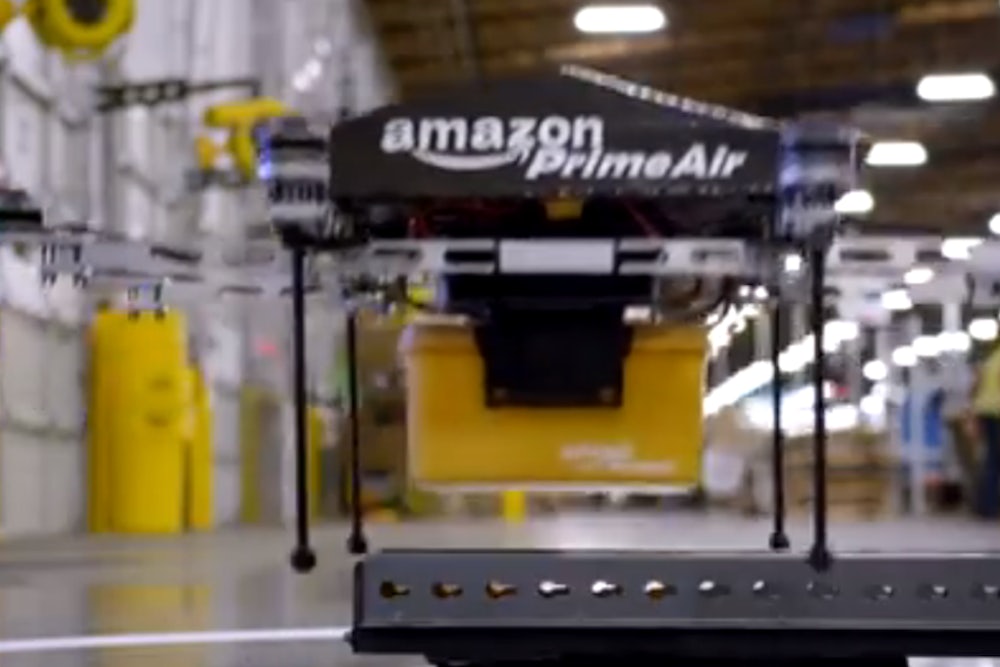FedEx chairman and CEO Fred Smith thinks Amazon Prime Air is a bit of a joke. “Quite frankly I don’t think I’ve seen more mythology in the press about anything than I have about the e-commerce space over the last year or so,” he said Thursday on an earnings call.
Amazon's plan, to deliver packages by drone in less than 30 minutes, is certainly more a Jetsons fantasy than imminent reality. The video announcing Prime Air left too many questions unanswered, like: How would Amazon's drones avoid obstacles like trees and phone lines? (Artificial intelligence, probably.) How will the company prevent them from crashing into and injuring people? (Accidents will never be 100 percent preventable.) And what about hacker package thieves? (Good question.)
Not to mention, of course, that the U.S. doesn't allow the commercial use of drones (which is why the Prime Air video was shot outside the country). Amazon is hoping the Federal Aviation Administration's new rules on drones, expected in 2015, will change that.
Smith isn't alone in laughing at Amazon's audacity, but drones do have potential as delivery vehicles for something much more important than espresso machines and electronic toothbrushes. Christopher Vo, education director for the DC Area Drone User Group, told me recently at a drone fly-in in Northern Virginia that these robots are uniquely equipped to transport items in emergency situations and hard-to-reach locations. Projects are underway to use drones to deliver vaccines in remote regions that lack infrastructure, and drones have already been used for surveillance in disaster areas. They could also drop off emergency aid—food, water, medical supplies—to people stranded or trapped, when ground delivery isn’t an option (for example).
Vo also mentioned defibrillators for victims of sudden cardiac arrest. "Five minutes, that's the maximum time I can wait for one of these things. If I have to call an ambulance they could take 20 minutes to get there, and that's too late," he said. "Whereas if I could call a drone, a drone doesn’t have to wait in traffic. A drone could just go straight to me. And I could get there in five minutes.”
So mock Amazon all you want, but not drone delivery itself.
